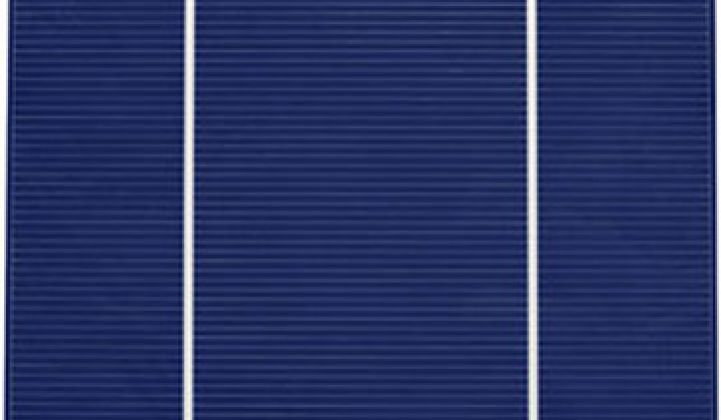Intel makes fantastic microprocessors.
It stinks at almost everything else.
The latest example of the Intel curse comes with problems reported at SpectraWatt, a solar cell company spun out of Intel in 2008. The Associated Press reports that the company will lay off around 100 employees and close a manufacturing plant in suburban New York.
The company blamed the shutdown on the harsh European winters curbing demand for its products. It is unclear if the company is now defunct or just shutting down operations, but the practical impact is pretty severe.
This weakness can't be blamed on the overall solar industry, as global PV installations are up 100% in 2010, according to a GTM Research Global PV Demand report by Shayle Kann. Strangely, SpectraWatt didn't blame the Chinese for their woes.
At the end of 2010 global cell manufacturing capacity will be ~25 GW, with the U.S. representing 10% of that figure. The recently released GTM Research PV Technology report by Shyam Mehta forecasts that by 2013 the U.S. share of crystalline silicon cell manufacturing will fall to 4%, whereas China/Taiwan's share will grow to 70%. In a commodity business, cost is king -- and Chinese manufacturers have free land, cheap labor, lower electricity costs, and access to low-cost Chinese wafers.
SpectraWatt received $50 million in VC funds from Intel and others. It also received federal and state grants and lined up Solon, the large German solar developer, as a strategic partner. SpectraWatt was born inside Intel: Intel started developing the business plan for nurturing a solar cell startup in 2004. The factory, set up in space leased from IBM, was supposed to be big enough to produce 60 megawatts of multicrystalline solar cells a year.
So what really happened? We're going to guess here, but the decline in silicon prices, combined with the rise of the Chinese conglomerates and relentless cost-cutting of First Solar, changed the economics of solar starting in 2007. Some, like First Solar and SunPower, began to deal with the new realities by trying to gain market share through developing their own projects. Others, like Suntech, began to establish broad dealer networks and brand equity (Chinese companies have more on the ball than cheap labor).
Startups like SpectraWatt got stuck in a grind where they needed money, lots of it, to compete against fast-moving incumbents in a environment tight on capital in order to appeal to customers who wanted to see 15 to 20 years of manufacturing expertise. The luxury of time slipped away when the world economy imploded in 2008. Many biofuel companies suffered a similar fate.
And the Intel angle? Let's just say Intel has a terrible track record in spin outs. I covered the company for eleven years. It tried to go into internet hosting back in 1998. The effort was killed off soon after. It tried to produce chips for TVs for a few months before an embarrassing retreat. It made its own consumer electronics.
Between 1999 and 2003, it bought at least 37 companies, most of them communications companies, for $11 billion. Subsequently, it sold almost all of these assets off or shut them down. I can count at least three times Intel entered the smart phone market for the first time.
Earlier this year, it came out with a home energy management system -- a very well designed one, in fact -- that it will license freely to consumer electronics makers. Will it take off with homeowners? That would make it an exception. Intel is also working on organic solar cells.
Again, Intel is one of the best manufacturers in the world. It also has managed to place a large number of alumni at the head of greentech companies. Intel will likely place a number of chips into wind turbines (it already does), smart grid equipment and home energy management equipment.
But minting startups is not its forte. SpectraWatt is just another example.



